Braising: The Art of Embracing Slow Food, Good Fat, and a Healthy Cooking Method
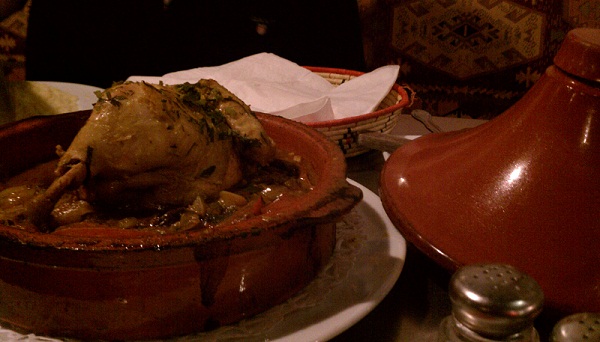
Despite the popularity of fast food, the concept of slow food has recently made a comeback. Thanks to those in the culinary world who encouraged folks to come back to the kitchen and the table to enjoy real food given the respect of time needed to cook, we’re seeing a resurgence of good-old fashioned cooking techniques like braising.
Braising is a cooking method that involves searing meats or vegetables in fat (i.e. vegetable oil) then adding water or broth to cover. The cooking pot (i.e. a slow cooker, Dutch oven or a tagine) is covered and the heat reduced, allowing the food to slow cook by way of moisture. This allows all the herbs and spices added to slowly impart their unique flavors to a dish. Braising imparts earthy flavors in food, particularly in tough cuts like lamb shanks or beef brisket. Meats with the bone-in (as opposed to less fibrous and boneless cuts) are preferred because others would lose their firm texture through slow cooking. Since tougher meat is less expensive braising is a very economical option. To braise, heat a small amount of oil in a pot with enough room for meat plus vegetables and cooking liquid. Brown meats on all sides. Add water or broth, then reduce heat to a simmer and cover. Cook until the meat or vegetables are finished. Add vegetables to meats later in the cooking process, depending on the type being used. For example, if using thick vegetables like carrots, or potatoes, add them at the same time as the liquid; if using quick-cooking vegetables like spinach, add closer to the end. Just before serving, cooking liquids can be drained or saved for something else (like soup) simply because it is packed with flavor. Braising brings out some incredible flavors to food and because of the long, slow and gentle nature of this cooking method, it’s also quite healthy.
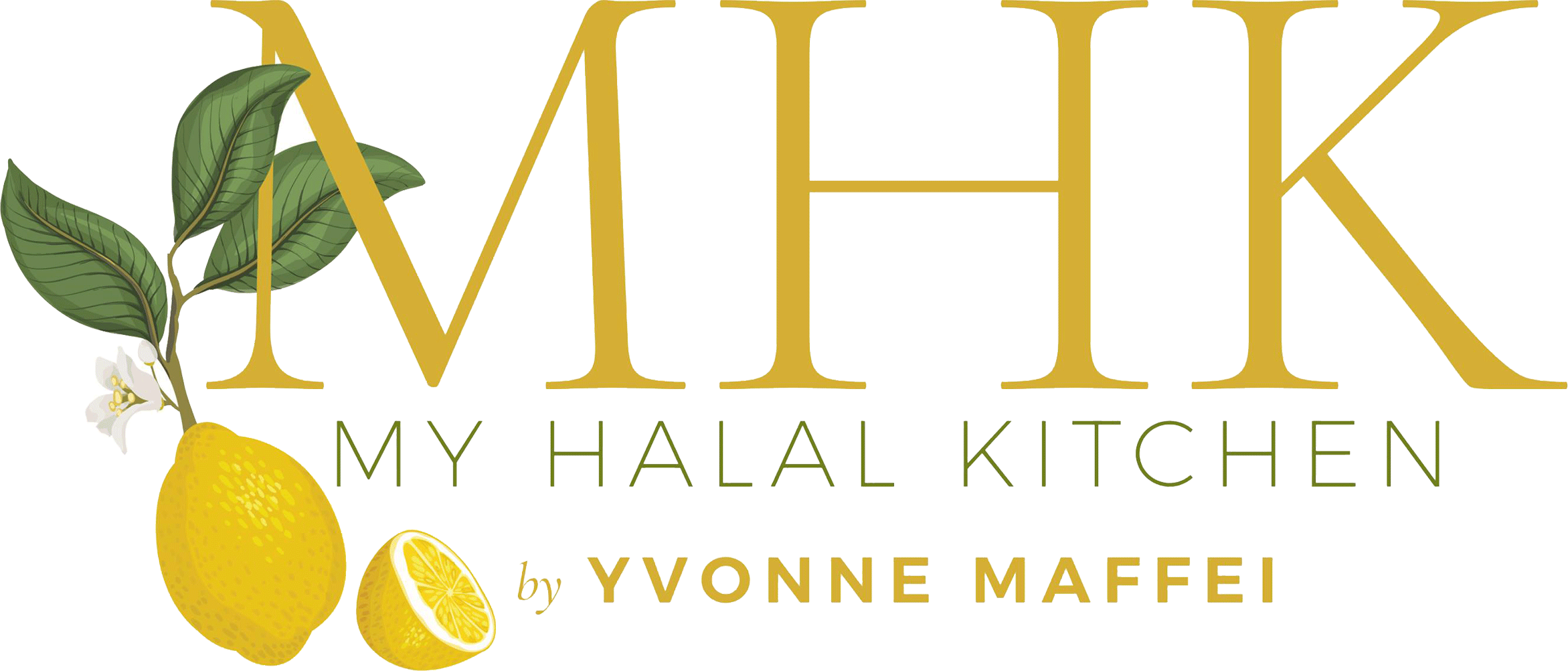
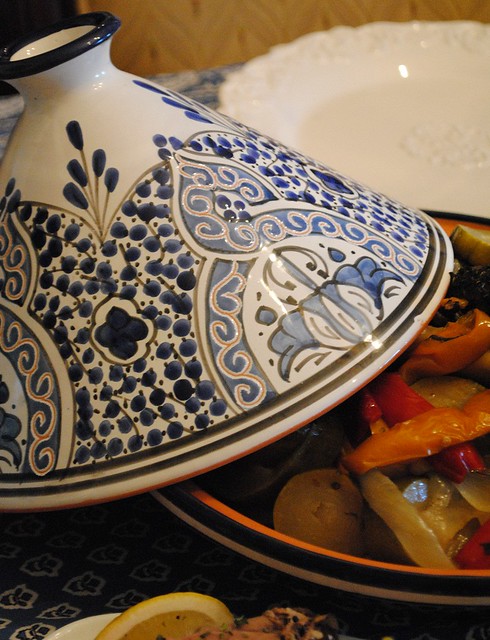

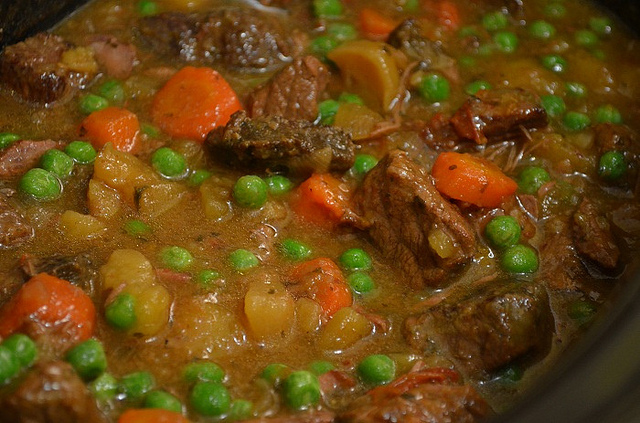
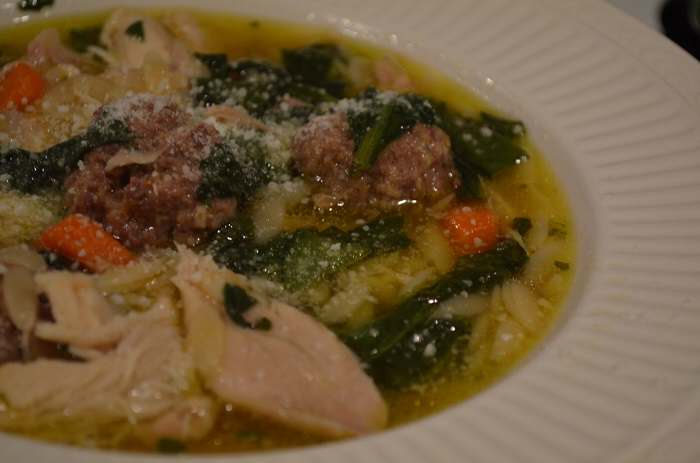
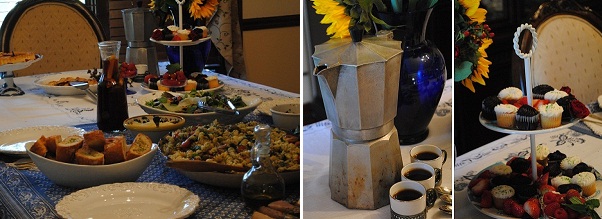
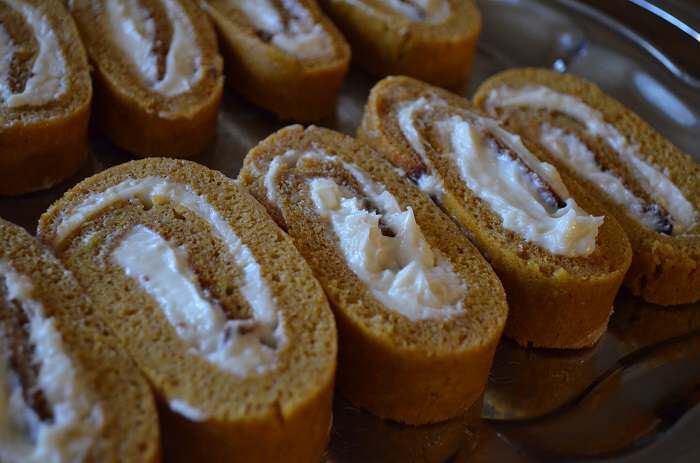


Responses